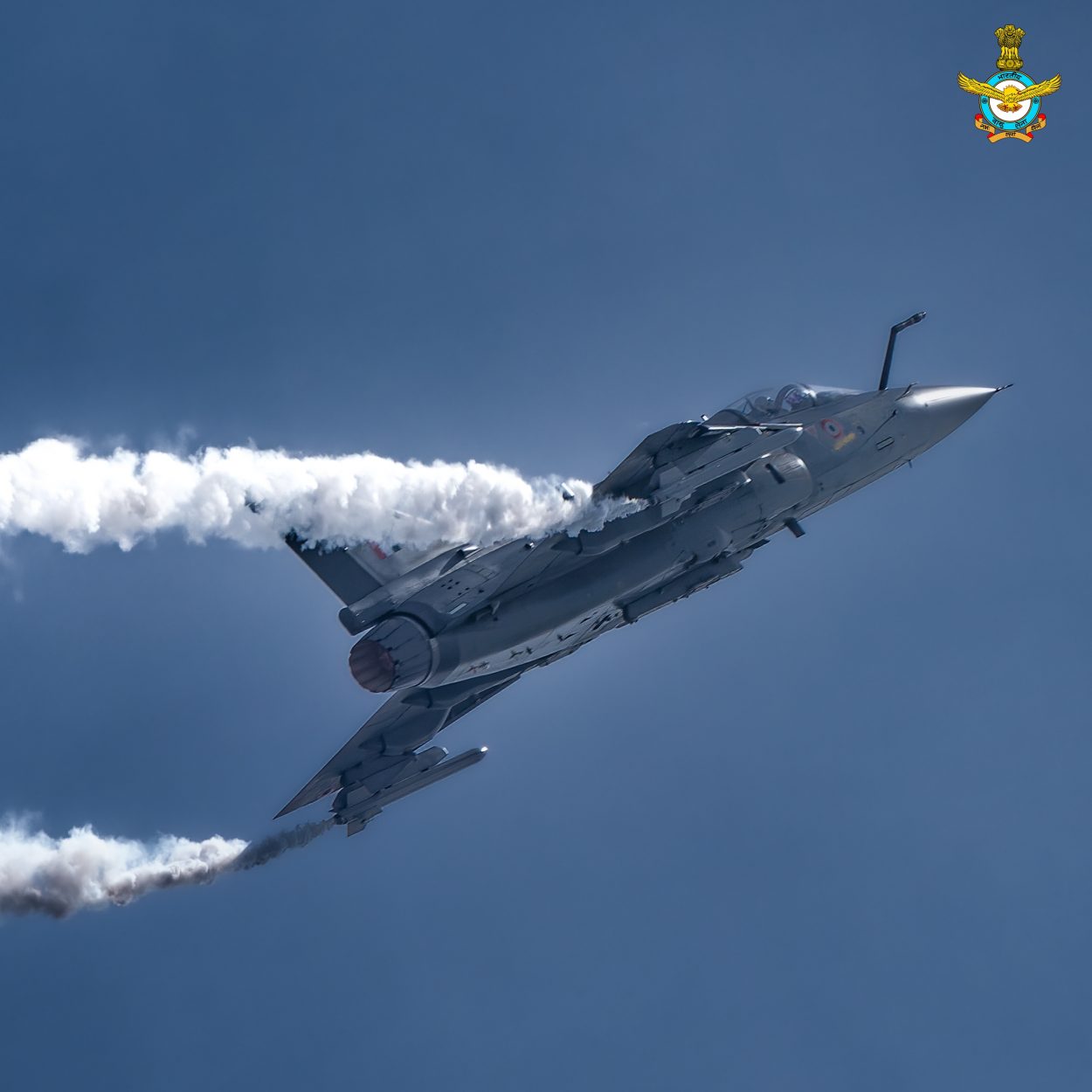An Indian defense delegation will be visiting Brazil, and discussions about purchasing transport aircraft and selling fighter jets are expected to be on the agenda.
The Brazilian aircraft maker Embraer is looking at its largest contract by selling its C-390 Millenium Medium Transport Aircraft to the Indian Air Force (IAF), and there have been reports that Brazil is considering the Indian-made Light Combat Aircraft (LCA) Tejas for its Air Force.
The two countries have been making giant leaps in the defense sector. The collaboration of the Brazilian Taurus Armas with Jindal Defence is an example of the burgeoning defense ties.
The two companies have collaborated to manufacture a diverse range of small arms with a 51:49 equity ratio. The small firearm produced at the Hisar facility in North India will bear the brand name “J D Taurus.”
The Indian defense delegation will travel to Brazil on December 8 and 9 for the Brazil-India Dialogue of the Defense Industry (DID) in Sao Jose dos Campos. Representatives of Embraer, the Brazilian Ministry of Defense, and the Brazilian government will attend the dialogue, during which agreements worth billions of dollars could be inked.
Brazilian President Luiz Inácio Lula da Silva, in his discussions with Indian Prime Minister Narendra Modi at the just concluded G20 summit in Rio, expressed Brazil’s desire to expand bilateral cooperation across several strategic sectors, including defense, space technology, and aerospace.
On their agenda will be exploring collaboration for the BrahMos supersonic cruise missile, the Akash surface-to-air missile, and the maintenance of Scorpene submarines.
Brazil has been keen on setting up joint production hubs with India to manufacture weapons systems for Latin American countries. After small arms, it has been pitching its C-390 for the IAF’s Medium Transport Aircraft (MTA) tender to replace its aging fleet of An-32s.

Other areas of collaboration identified have been aircraft manufacturing, satellite building, electronic warfare, and cyber defense. The two countries proposed to leverage each other’s strength in the defense industry while navigating trade embargoes.
Media reports indicate that a deal for India to purchase C-390 with local co-production is on the table. In return, in a government-to-government agreement, Brazil would become an export customer of the latest version of the Tejas fighter designed and manufactured in India.
The media has noted that the Tejas also has a naval variant, which could become part of the Brazilian Navy’s Aviation arm, replacing its A-4K/KU Skyhawks. The only Indian company currently present in Brazil is UP-based MKU Company. MKU has been in Brazil for some years and has executed defense contracts with the Federal Police, Military Police, and the Army.
Brazil is particularly keen on forming a Scorpene club of nations that produce and operate submarines to exchange best practices and technologies. India also operates Scorpene submarines, and a Memorandum of Understanding for Mazagon Dock Shipbuilders Limited (MDL)‘s maintenance of the submarines in Brazil could be finalized.
Brazil is developing its first nuclear-powered attack submarine, Alvaro Alberto. The submarine, created as part of a strategic partnership between Brazil and France, is expected to be launched in 2029. And it could equip the submarine with BrahMos-NG systems.
The BrahMos-NG can be a suitable choice for Brazil’s new Gripen aircraft, offering it an advanced strike capability that complements its modernizing air force.
In an interview at the beginning of 2024, Major-Brigadier Rui Chagas Mesquita, Secretary of Brazilian Defence Products, said: “When we look at India, we seek to work together so that we can also jointly develop finished products and use Brazil as a hub for selling these commonly developed products in the Latin American market.”
The Latin America Defense Market size is estimated at US$1.38 billion in 2024 and is expected to reach US$1.78 billion by 2029, growing at a CAGR of 5.30% during the forecast period (2024-2029).
Brazil’s C-390 For The IAF
Brazil has been pursuing the IAF’s Medium Transport Aircraft tender. Brazilian firm Embraer Defense & Security and Indian company Mahindra joined hands to manufacture the C-390 Millennium multi-mission aircraft in India. The IAF is looking to induct 40-80 aircraft under the Indian government’s Make in India initiative.
The procurement will involve technology transfer and setting up a manufacturing line in the country for high-level indigenization.

The C-390 Millennium is a multi-mission, twin-engine, jet-powered, tactical transport aircraft. It entered the Brazilian Air Force in 2019.
Embraer hopes the MTA deal will pave the way for joint manufacturing of civil aircraft in India.
The C-390, said the Brazilian air chief, has been operating for five years. It has flown 15,000 hours. “Compared with the C-130 (an American plane noted for its ruggedness), the C-390 is faster and carries at least as much load. We are offering this to India and the MOUs with Mahindra are already done. So far, its serviceability level is over 97 percent,” he said.
Indian ‘Iron Dome’ Akash SAM For Brazil
Indian “Iron-Dome” Akash Surface-to-Air Missile (SAM) is in the fray to secure an order from Brazil. Even though Chinese Sky Dragon 50 is also competing for the tender, reports indicate that the Brazilian top brass is pushing for a government-to-government deal for the Akash missiles.
Brazilian military chief General Tomas Miguel Mine Ribeiro Paiva suggested a “government-to-government” agreement with India to acquire the Akash anti-aircraft missile system.
The Akash system can effectively engage helicopters, fighter jets, and UAVs flying between the range of 4 to 25 kilometers. It is fully automatic and has a quick response time from target detection to kill. It can engage four aerial targets simultaneously at 25 kilometers of range by command guidance using a single firing unit.
It is highly immune to active and passive jamming. It can be transported swiftly via rail or road and deployed quickly. The project’s overall indigenous content is 82 percent, which will increase to 93 percent by 2026-27.




